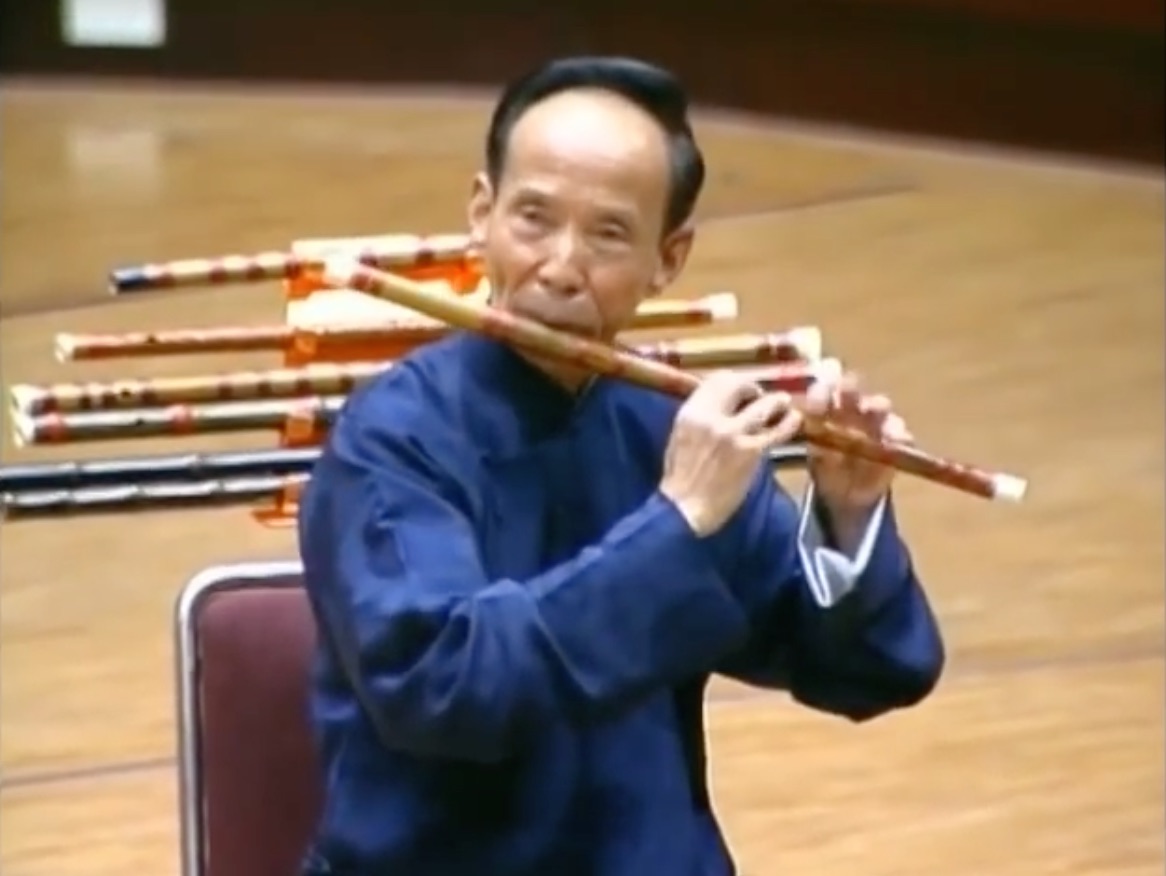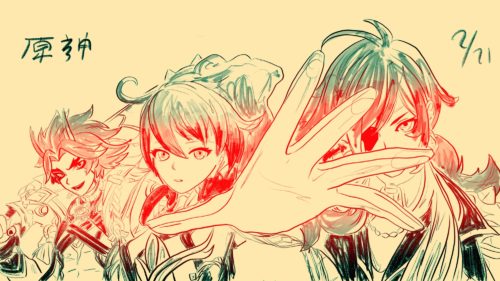Friday Song: ‘Song of Joy,’ a Jiangnan sizhu classic

Jiangnan sizhu — 江南丝竹 (jiāngnán sīzhú), literally meaning “Jiangnan,” an area south of the Yangtze River, and “silk and bamboo” — is a genre of chamber music played indoors in refined, small ensembles. Originally conceived in Shanghai and Jiangsu Province, Jiangnan sizhu has a unique style inspired by kūnqǔ 崑曲 — an opera tradition from the same region — and shífān 十番, another type of ensemble music. “Song of Joy” (欢乐歌 huān yuè gē) is one of the Eight Great Pieces 八大曲, a name that also refers to the instruments commonly used: dizi 笛子, erhu 二胡, yangqin 扬琴, pipa 琵琶, sheng 笙, xiao 箫, ruan 阮, sanxian 三线, zheng 筝, paiban 拍板.
This particular recording of Song of Joy features an all-star line-up of musicians: Lu Chunling 陆春龄 on the dizi 笛子, Zhou Hui 周惠 on the yangqin 扬琴, Ma Shenglong 马圣龙 on the pipa 琵琶, and Zhou Hao 周皓 on the erhu 二胡.
There are classic elements of traditional Chinese music, such as jiāhuā 加花 (a type of musical embellishment), and heterophony — everyone playing at once but listening intently to each other and adding complementary phrases. Typically, Jiangnan sizhu is not played as an ensemble on stage, but as a folk tradition where musicians gather at teahouses or in private residences, sitting in a closed circle with groups of up to 10 or more musicians.
There are a few more links below. The YouTube channel kwwkwwkww has some great links to other traditional music.
Spring on the Moonlit River 春江花月夜
Friday Song is SupChina’s weekly sign-off. Let us know what you thought of the week that was in the comments below, or email editors@thechinaproject.com.





